Let’s learn about an interesting formation of Alternate interior angles, where parallel or non-parallel lines are intersected by an arbitrary transverse plane.
First, let us have a recap of parallel and transversal lines:
Parallel line: A set of lines lying on the same plane that never intersect each other.
Transversal line/plane: A straight line or a plane that intersects two or more parallel lines.
Table of Contents
What is the alternate interior angle?
Alternate interior angles are formed when a transversal plane intersects two coplanar lines. The angles then formed in the inner side of the parallel lines are called alternate interior angles.
If the angles thus, formed are equal to each other, then the coplanar lines crossed by the transversal plane are parallel to each other. In this article, we will learn about theorems, examples, and other details about alternate interior angles.
Alternate angles are also alternatively named as ‘Z angles’ as they are similar looking to the alphabet Z.
Let’s start with the alternate interior angles theorem:
THEOREM: “If a transversal crosses a set of parallel lines, then thus formed alternate interior angles are congruent”.
That is, by convention,∠A = ∠D and ∠B = ∠C.
Before understanding the statement, let us define congruency.
Congruency: Two angles are said to be congruent if either of them can be superposed on the other, such that they coincide with each other.
Now back to the theorem.
According to the theorem, here are the properties:
- The alternate interior angles are congruent.
- The sum of the angles on the same side of the intersecting plane always totals 180°.
- But if the lines are not parallel, then congruent alternate interior angles do not exist.
POINT TO REMEMBER: The coplanar lines must be parallel for congruency of interior angles.
Hence, we conclude alternate interior angles are equal if and only if the lines intersected by the transversal line are parallel to each other. Non-parallel lines with the same formation have no geometric formula or relation.
From here we draw the converse of the above theorem:
THEOREM: “If two lines are cut by a transversal plane and the alternate interior angles are congruent, then the lines must be parallel.”
This is very useful in derivations or proof of other mensuration objectives. Alternate interior angles converse theorem alternatively is used to prove other more complex topics.
Proof: Prove interior angles are congruent using general notation.
To prove: Alternate interior angles are congruent.
Suppose line X and line Y are two parallel lines on the same plane. And L is the transversal that intersects parallel lines X and Y at points P and Q.
Let’s say ∠4, ∠5, and ∠3, ∠6 are alternate angles.
The properties of parallel lines say that if a transversal cuts any two parallel lines, then the corresponding angles and vertically opposite angles are equal to each other. Therefore we can write that,
∠2 = ∠5 ……….. (1) (As angle 2 and 5 are Corresponding angles)
∠2 = ∠4 ……….. (2) (As angles 2 and 4 are vertically opposite angles)
From equations (1) and (2), we get;
∠4 = ∠5 (Since angles 4 and 5 are Alternate interior angles)
Similarly, we can say that,
∠3 = ∠6
Hence proved.
Proof: Prove the converse of the above theorem.
To prove: If alternate interior angles are congruent, then the lines intersected must be parallel.
Since we know that ∠2 = ∠4 (Since angles 2 and 4 are vertically opposite angles)
So, we can write,
∠2 = ∠5, (since angle 2 and 5 are corresponding angles)
Therefore, we can say that X is parallel to Y.
Applications of alternate interior angles:
- It has been used by the famous Greek scientific writer to prove that the earth is round. Amusing right?
- The appearance of the letter Z is very similar to parallel lines being intersected by a transversal plane. If you look attentively, you will find two interior angles in the letter Z.
1. What is alternate interior angles?
The angles formed inside the two parallel lines after intersecting by a transversal are called alternate interior angles.
2. Name one property of alternate interior angles:
A property of alternate interior angle states that the sum of angles formed on the same side of the two parallel lines after being intersected by transverse plane is always 180⁰.
Now, we have learned the theorems of alternate interior angles and proved how they came to be.



